Long Walks for Little Learning
The long distance from villages to schools remains one of the main barriers to schooling across Afghanistan, especially in rural areas with less access to essential services, including education.
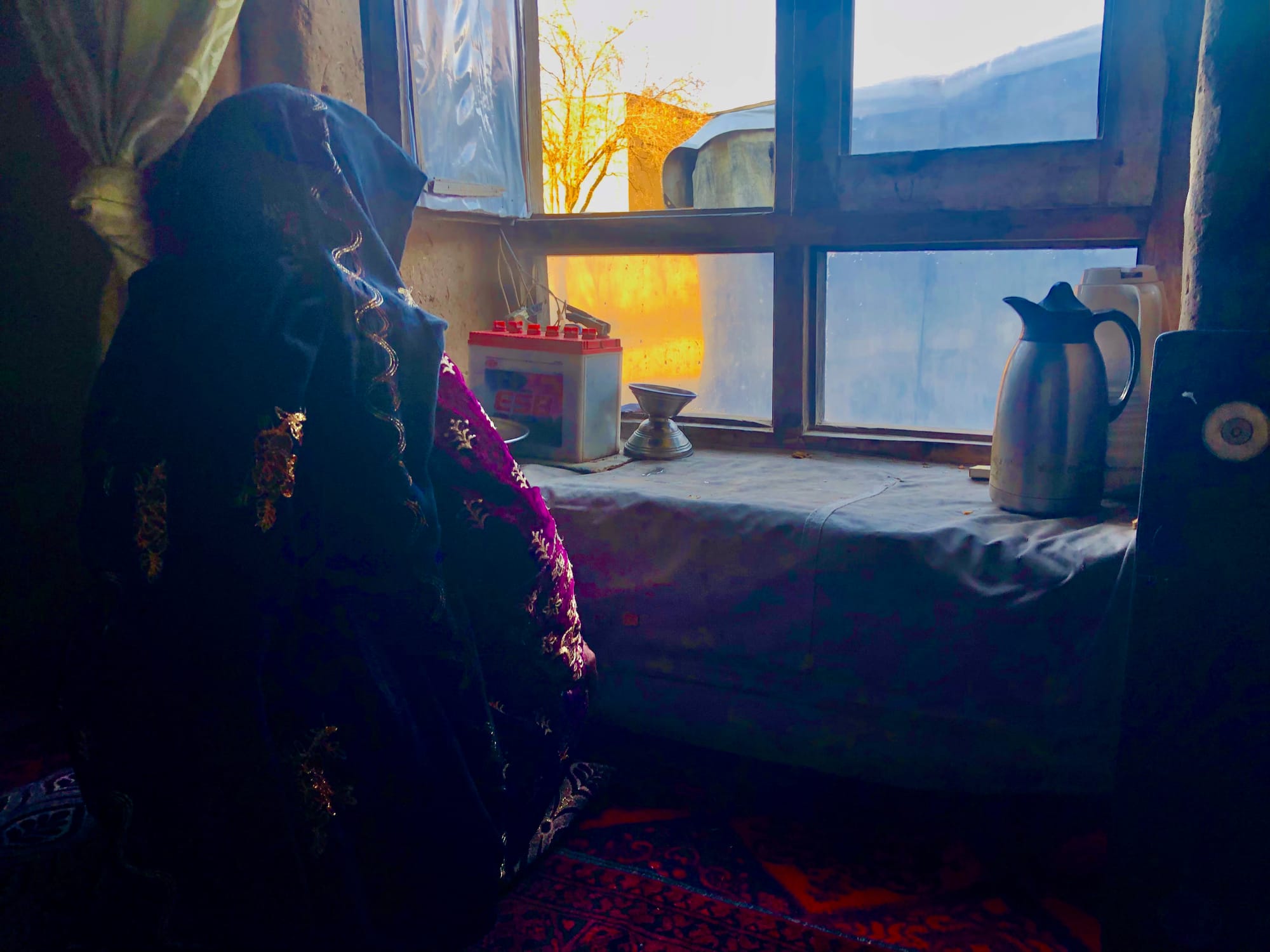
Reporting by Shabana Farahmand, Abdul Karim Azim, and Samira Wafa, Written by Mohammad Jawad “JD” Alizada
Alive-in is a not-for-profit, community-supported media agency that helps journalists from underrepresented communities cover stories of local and global interest.
You can support our journalists by forwarding this newsletter to others who may value these stories and by donating below.
This article is part of a broader series exploring changes regarding access to education in Afghanistan, created with support from Afghan Witness (a project of the Centre for Information Resilience), which uses open-source investigating to expose human rights violations and counter mis- and disinformation. This series will incorporate open-source techniques to further corroborate the investigative reporting.
AFGHANISTAN—The Kishm-Faizabad highway moves through the valleys between the mountains on both sides and the Kokchah River like a snake moving through the desert. To reach the nearest school children must follow a narrow path that is rugged, and full of mountain brush and rocks. For many, this road is a familiar path, taken daily to reach the school in Absiti village, located on the northern outskirts of Faizabad or the city itself."The school was very far from us; I had to walk at least an hour to get there," said 18-year-old Lal Begum, who left school after attending 7th grade for just one week in 2018. Lal Begum spoke to Alive in Afghanistan from her home in Samati, a village on the Kishm-Faizabad highway in northeastern Afghanistan’s Badakhshan province.
According to Ms. Begum, her family was going through a difficult financial situation at the time. The only thing she had for shoes was a pair of old soft slippers that barely provided any cushioning for her feet on her walk to school. "If we found enough for dinner, breakfast was out of the question. I wanted to continue my studies regardless!"
"But the trip was long, the path unpaved, rocky, and full of saplings. My feet were blistered within a week, but I still kept going until the wounds from the blisters were so deep that I couldn’t walk, and could hardly stand up," Lal Begum said. In addition to that, Lal Begum couldn’t afford stationery or textbooks for her class.
"One morning after waking up, I no longer had the patience to think about my needs at school. I left school for good that day," Lal Begum said. Stopping school is Lal Begum’s biggest regret, and left her in a state of despair.
AFGHANISTAN — Interviewees discuss how the long distances to the nearest prevented them from receiving an education aschildren. Videos by: Multiple reporters
During the previous government, public schools distributed textbooks for free. However, according to Ms. Begum, "I only got two textbooks, while we were supposed to have more than 10 subjects in the grade."
Several articles in the news and reports by the United Nations Children’s Fund (UNICEF), and the Special Inspector General for Afghanistan Reconstruction (SIGAR), in 2018 and 2019, the time Ms. Begum would have left school, raised concern about the shortage of textbooks in Afghan schools.
The Afghan Ministry of Education, in charge of publishing and distributing new textbooks to schools across Afghanistan, was claimed to be corrupt after a multi-million dollar exercise to reform the curriculum in Afghan public schools, was, “[F]ound to contain glaring mistakes, adding yet another burden on a cash- and resource-strapped sector of this war-torn country,” The Inter Press Service (IPS) news agency said in an article published in late 2012.
“The [Afghan] Ministry of Education forked out 91 million dollars for the printing of new textbooks as part of a planned massive overhaul of the public education system in Afghanistan. The authors were paid handsomely to ensure the books were of the highest quality.
Instead, teachers and students have been saddled with barely legible study guides and are struggling to make sense of textbooks that are riddled with both typographic and factual errors.
Civil society and some parliament members have placed the blame on “nonchalance and corruption in the Ministry of Education”. Unrepentant, the latter has assured the public the mistakes will be rectified,” IPS stated.
Five years after leaving school for good, Lal Begum now helps her stepmother Hamida with house chores and together they run a bakery out of their home. The bakery makes money by charging people who bring their dough to make bread and by baking their own bread to sell in a nearby market.
For Lal Begum, several issues, including the lack of schools in her village, distance to the nearest school she might attend, and poverty played a role in her decision.
Hamida, Lal Begum’s 45-year-old stepmother, said, “When Lal Begum decided not to go to school anymore, I was sad. I repeatedly told her that the difficulties were not eternal; you must brave it and continue, but she didn’t listen to anyone.”
“When [girls'] schools were open, I would watch groups of girls passionately heading to school and follow them with my eyes for an hour every day. Then I would find a corner and cry by myself. No one knows yet how much I like school; the more I grow, my interest in education increases, but it’s too late now. Going to school and becoming a lawyer used to be my biggest dream,” Lal Begum said.
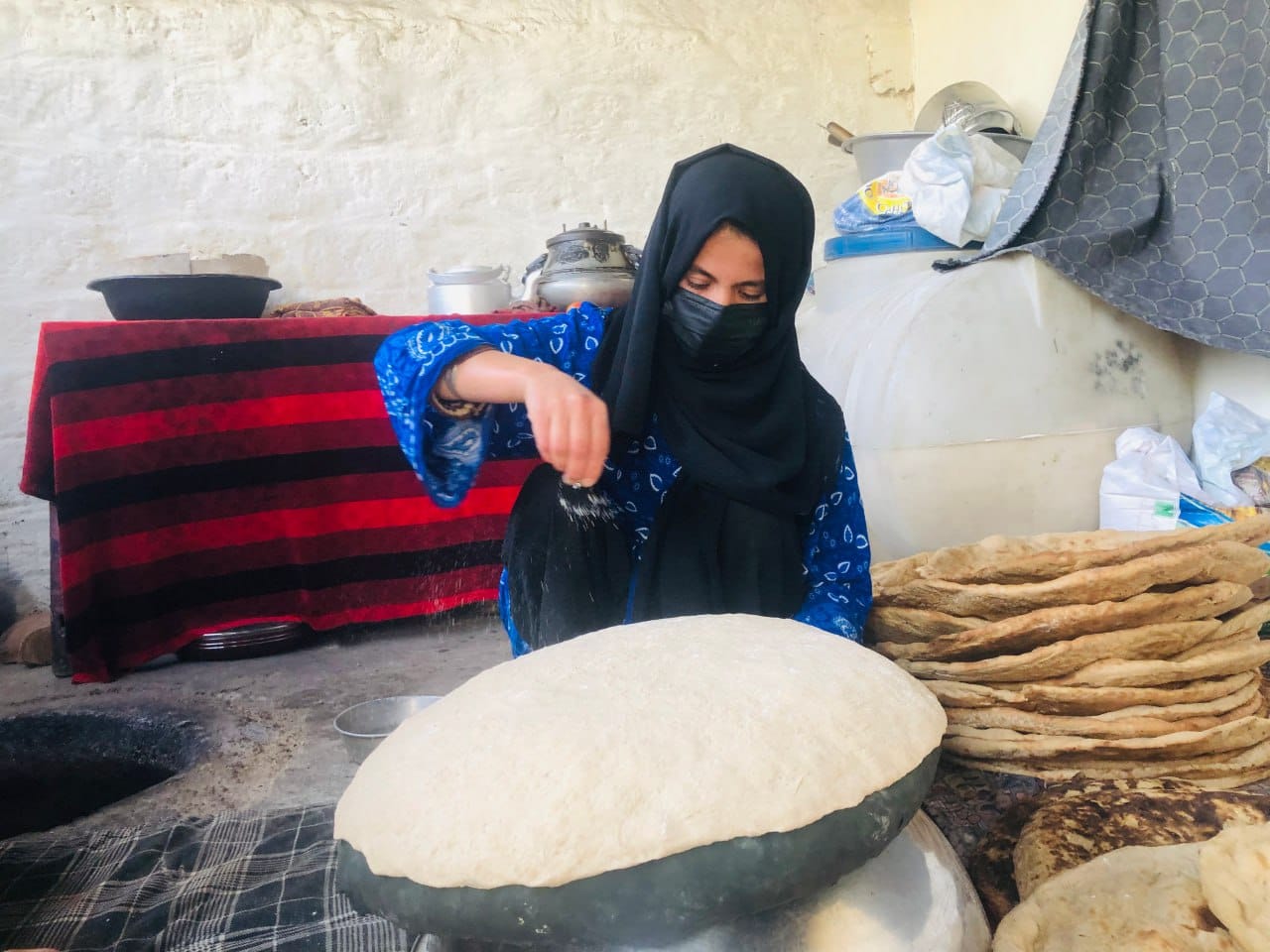
The problem remains the same regardless of age. 50 year-old Halima, a resident of Abdul Rahim, a village in Kang district of southwestern Afghanistan’s Nimroz province, said there were no schools in their village when she was a child. Originally from Siadak, a village in the same district, Halima told Alive in Afghanistan that schools didn’t exist in Kang district center or Zaranj, the provincial capital around 40 years ago.
Halima’s quote about the lack of schools in Zaranj and Kang district center could not be independently verified by Alive in Afghanistan.
Amir Mohammad Mansory, a Program Performance Specialist, who has worked in the education sector with the Swedish Committee for Afghanistan (SCA) since the 1980’s, blamed, “Lack of attention by ruling governments, injustice, long-term instability over the past five decades, unjust distribution of aid, and corruption,” for a lack of schools in rural areas.
According to An Afghan Dilemma: Education, Gender and Globalisation in an Islamic Context, a paper published in 2007 by the Leibniz Institute for Educational Research and Information, a German research organization, “The Swedish Committee for Afghanistan (SCA) had successfully supported girl schools in rural areas since the mid 1980s,” making SCA the oldest and at the time, one of the only organizations focused on providing education to Afghans in rural areas.
“The Swedish Committee began operating in protest against the Soviet invasion of Afghanistan in the early 1980s. Since rural areas were under the control of the Mujahideen, the Swedish Committee started educational assistance in these areas. Additionally, the Swedish Committee focused its attention in rural areas because people in rural areas received less attention in the education sector,” Mr. Mansory told Alive in Afghanistan.
The Leibniz Institute found that SCA, “became extremely concerned about the Taliban ban on girls’ education,” the paper said, pointing to the time the Taliban were first about to take over Afghanistan in 1996.
However, during the five years of Taliban rule, the number of girls attending SCA supported schools increased every year. New schools especially for girls were established in many parts of rural Afghanistan and in places where they had never existed before.
According to Mr. Mansory, by the end of the Taliban’s first rule, SCA supported 650 schools (in rural areas only) serving 250,000 students of which 33 percent were girls.
“My parents didn’t have an interest in education; they didn’t even send me to the mosque to learn religious subjects,” Halima told Alive in Afghanistan in an interview from her home in Kang district.
Halima has seven children, including three daughters and four sons. She spends half of her day grazing her family’s sheep, goats, and donkeys on their pasture in the unforgiving heat of the Nimroz desert.
“My daughters only went to school up to 6th grade. I couldn’t afford to pay for their transportation afterward, nor would someone take them to school,” Halima said. She believed that the middle school was too far away for girls to reach by foot; so she stopped their education. Her boys were able to finish high school but are currently unemployed.
Oftentimes, girls are considered much less of a priority than boys, their needs or future less important than that of their male family members, and they may be given away in marriage at a young age.
A Human Rights Watch (HRW) report in 2017 said, “Harmful gender norms mean that, in many families, boys’ education is prioritized over girls’, or girls’ education is seen as wholly undesirable or acceptable only for a few years before puberty. In a country where a third of girls marry before age 18, child marriage forces many girls out of education.”
“I have to marry my girls off because I can’t afford to feed them. Two of my girls are engaged, and one has suitors. I want to give them away so they can live their lives. I am burning in this wreck; why should anyone else,” Halima said, hoping that, once married, her daughters will have a better life than she does, but there is no guarantee of that.
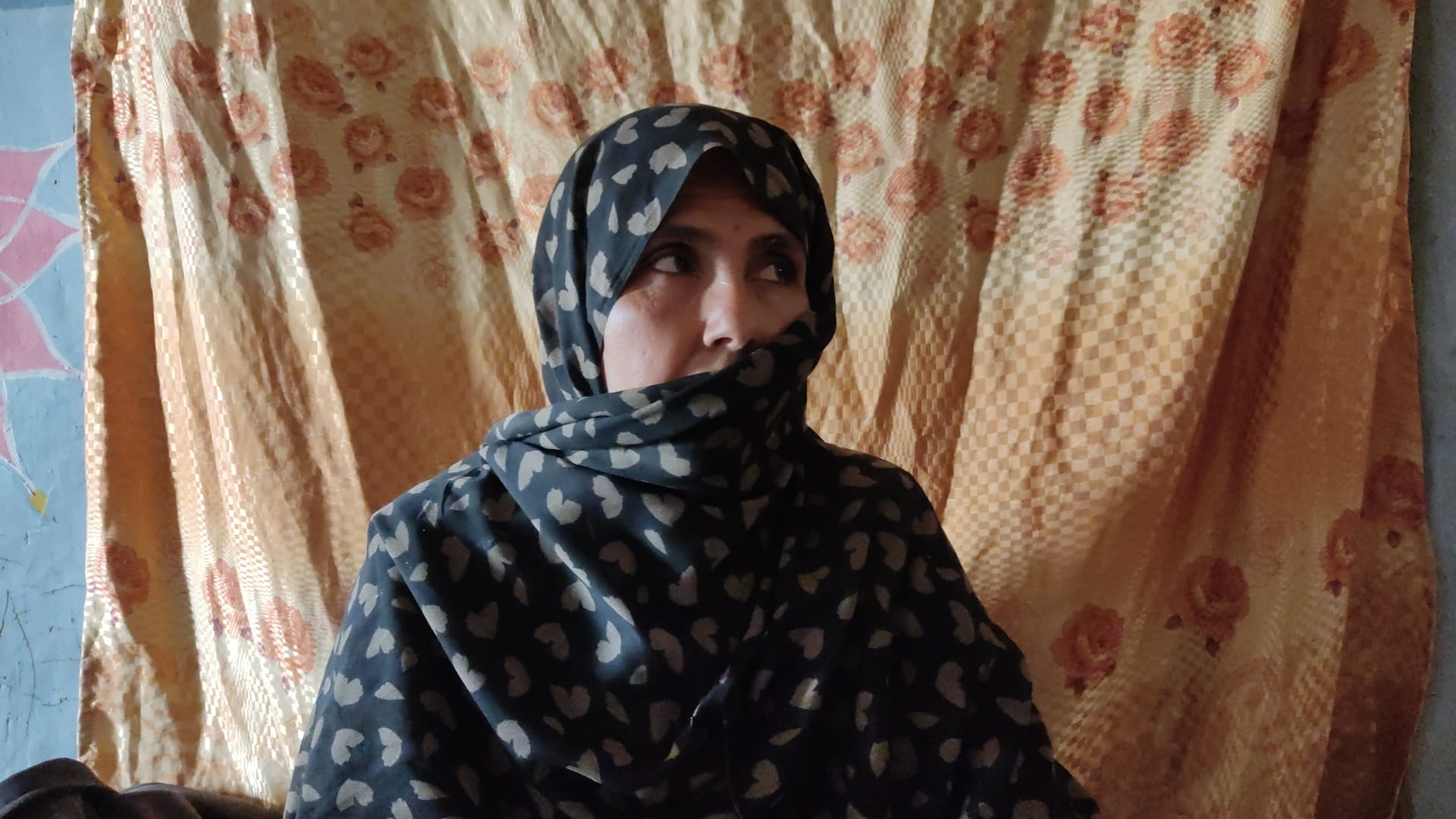
The HRW report cites major barriers “in the quest to get all girls into school” such as “discriminatory attitudes toward girls by both government officials and community members; child marriage;” and “poverty and child labor; a lack of schools in many areas; poor infrastructure and lack of supplies in schools; poor quality of instruction in schools; costs associated with education; lack of teachers, especially female teachers[.]”
Modern education was viewed differently by Afghans decades ago when schools first started appearing in villages around the country.
Sixty-year-old Pahlawan Eidi, born in Darang, a village in Yawan district of Badakhshan, said school was used as a threat to scare children, “In our time when adults wanted to scare us, they would say, ‘If you don’t do this, I will send you to school!’. Hearing this phrase said by the village elder was worse than being shot. We would do our chores in the best possible way so our parents, or the village elder would not send us to school.”
At the time Afghans who attended modern schools were considered “infidels”, according to Pahlawan Eidi, one of many Afghans who grew up with this belief.
It was no different for 50-year-old Zainab, Pahlawan Eidi’s wife, who was born in Badakhshan’s Kohistan-e Ragh district. “At the time, about 40 years ago, if a girl would go to school, people would say ‘she goes and sits next to na-mahram (a non-relative male) and becomes an infidel. Women shouldn’t get out of the house’. Words like these were the reason none of us went to school!”
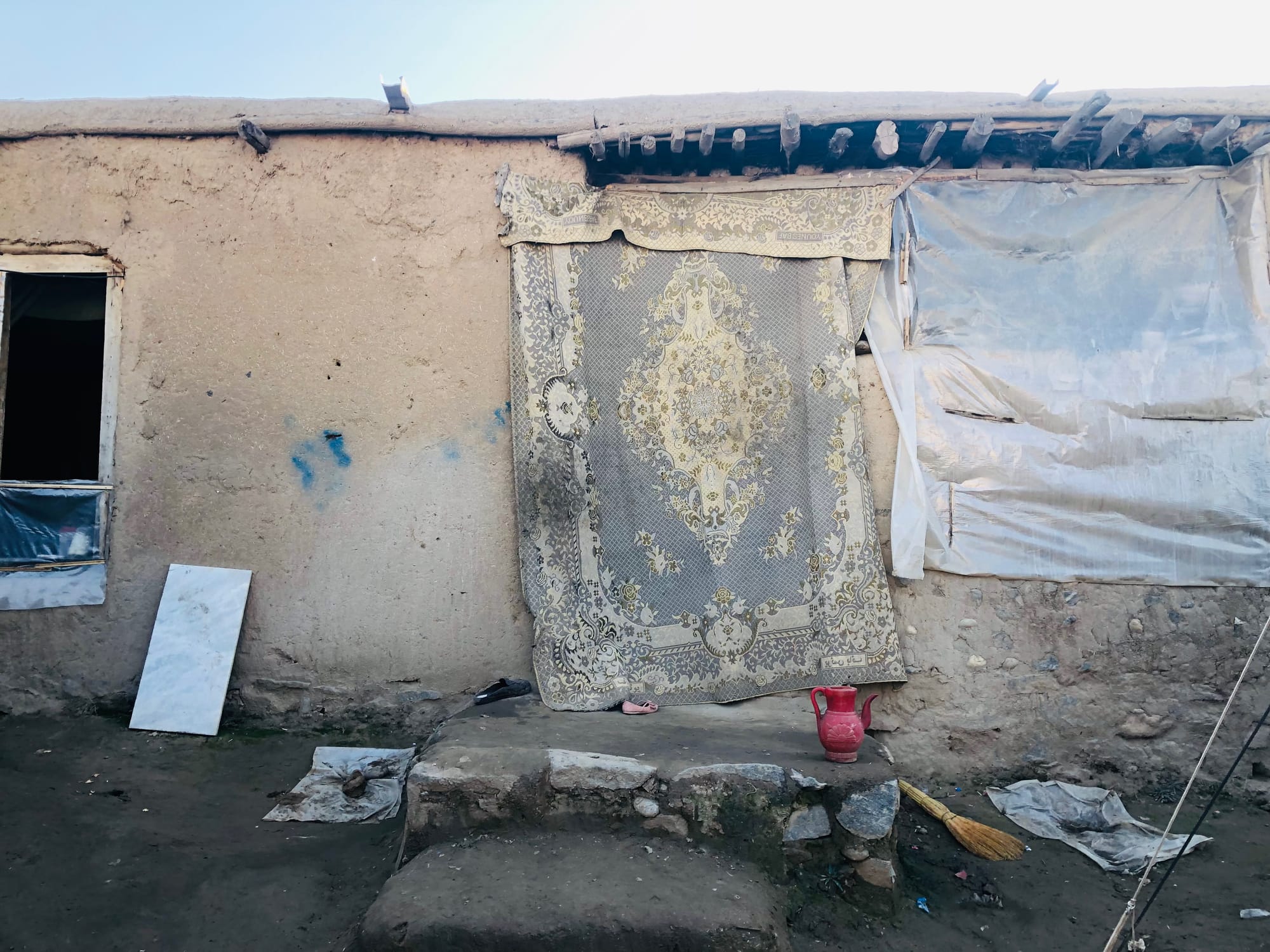
According to a definition by the Georgetown Institute for Women, Peace and Security, Mahram, “Derived from the word haraam, which literally means something that is prohibited, mahram in fiqh (Islamic jurisprudence) refers to a person with whom marriage is prohibited because of their close blood relationship, because of radaa’ah (breastfeeding), or because of being related by marriage.”
“‘You have grown up, you are taller now, you don’t need to walk an hour each way for school, a thousand things can happen to you on the way,’ my brothers and dad told me after 4th grade,” 25-year-old Humaira, born in Mamaki, a village in Nimroz’s Kang district, told Alive in Afghanistan during an interview.
According to Humaira, she was around 11 when her male family members stopped her from going to school due to its distance and the stigma of being outside and walking long distances as a woman.
“I will bury my hopes and interests with me; I wanted to become a doctor, but all that died in my youth,” Humaira said. According to Ms. Humaira, the long distance to school is a huge challenge that, “oftentimes girls are sacrificed for.”
“My entire village is deprived of education due to the lack of schools in our area. We are two hours away on foot from the schools in the district center. I urge the government to build schools in this area so our kids can learn,” Humaira said.
Humaira currently lives with her mother-in-law, and keeps busy doing house chores and taking care of their animals each day, “I get up early in the morning, sweep the house and courtyard, take care of my kids, and cook. If I studied, I wouldn’t be living like this!”
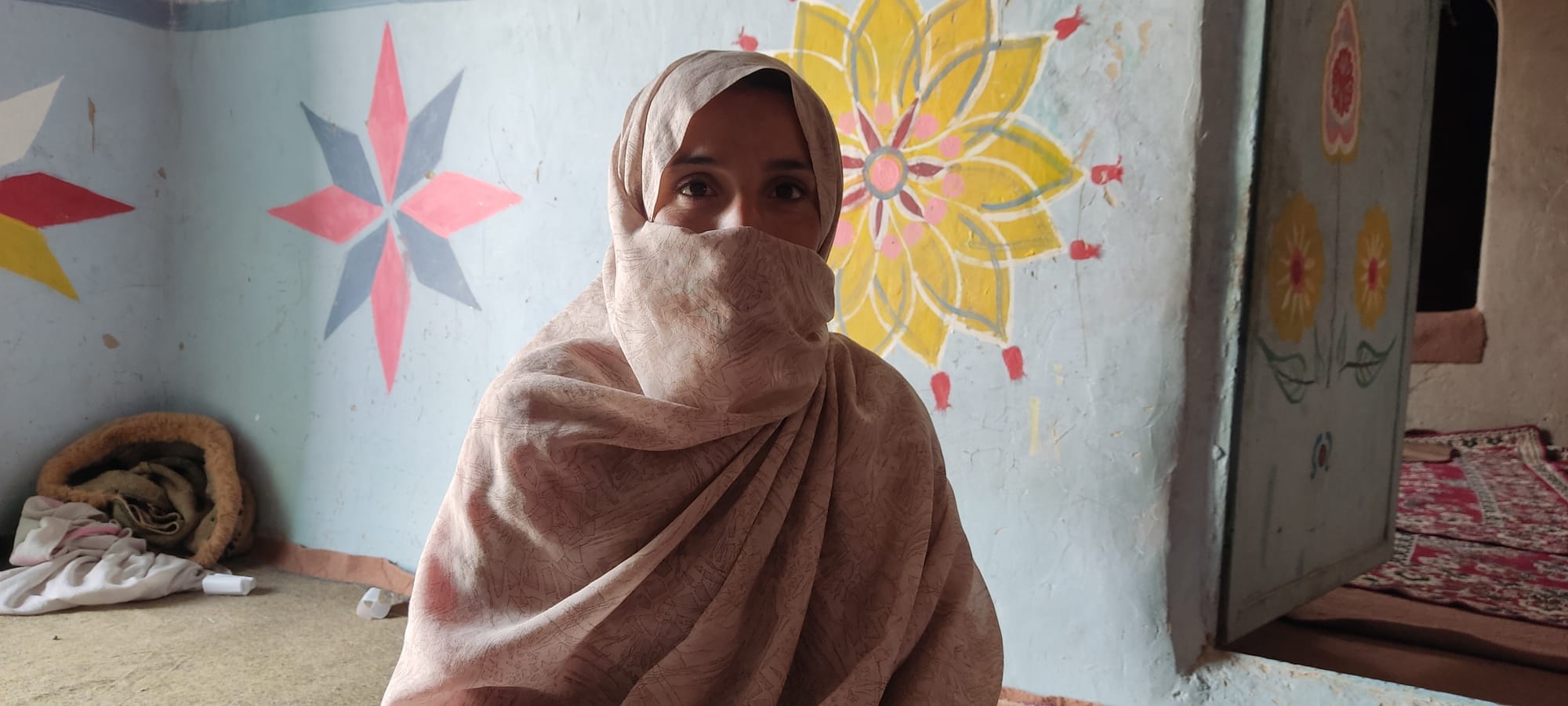
According to research by Human Rights Watch, education has always been in higher demand and with greater access in urban areas as opposed to rural. According to a study by the Brookings Research Institute, the rural-urban divide in education has been at the center of power struggles in Afghanistan since the introduction of modern schooling in the early 1900s.
“There is a long history of national and international actors manipulating the education [in Afghanistan] system for political purposes. The primary source of contention has centered around balancing global forces for modernization with local desires to maintain religious and cultural identities.
Unfortunately, girls’ schooling has served as the litmus test for both sides in this struggle—not because the conservative and rural populations believe that girls should not be educated—but because of the symbolic power of schooling.”
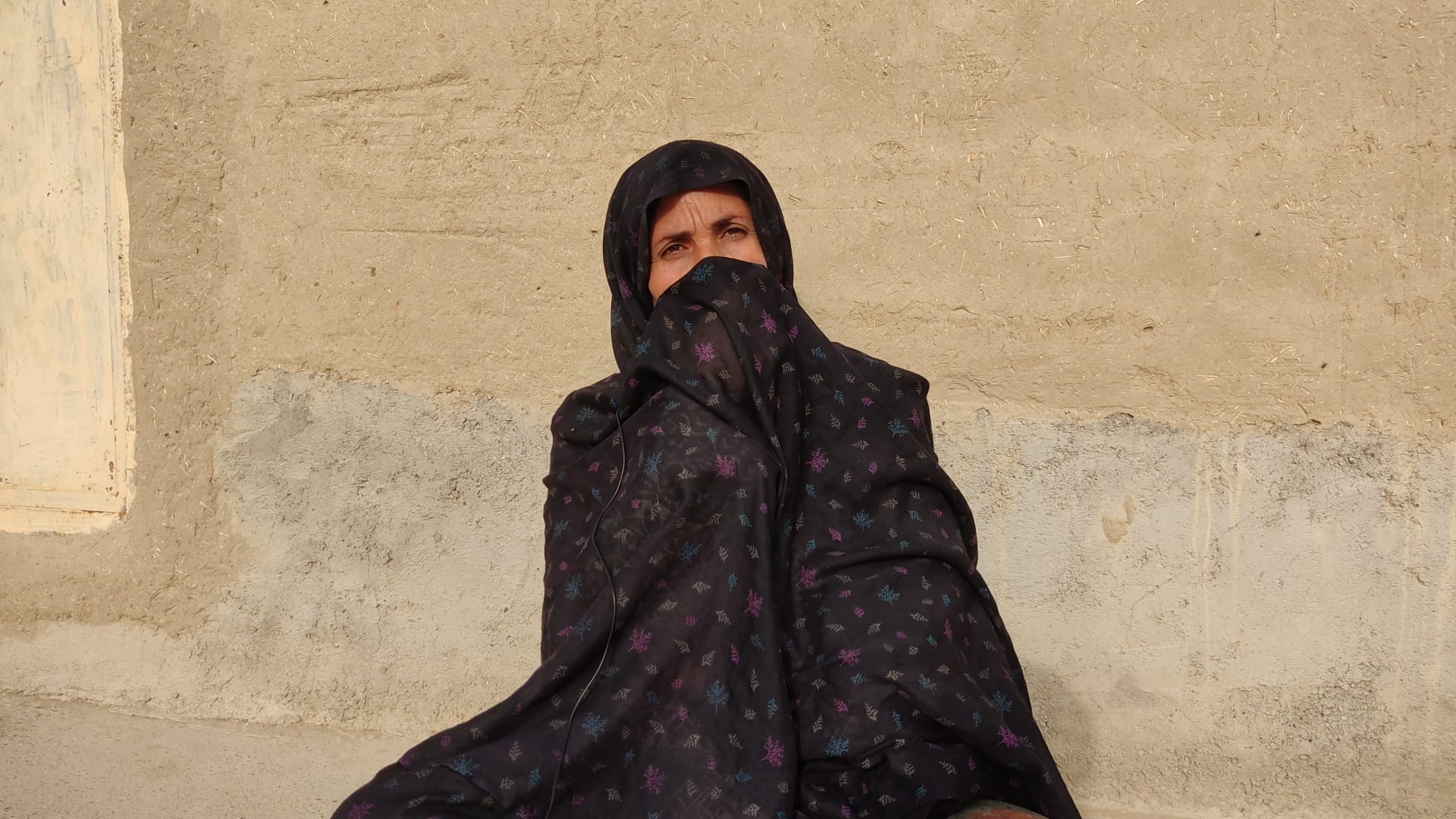
45-year-old Zulaikha, who grew up in Mehrab, a village in Kang, cites the same reason for not being able to seek education. She told Alive in Afghanistan the nearest school was 15 kilometers away in Sia Chashman village. Now living in Tahir Khan village since being married, she is not the only one deprived of education; her eight children have not been to school due to both the distance to schools and poverty.
“There is no school in our area; the nearest school is 5 kilometers away from us. My daughters went to school until 2nd or 3rd grade, then were stopped from attending by their brothers and father who told them that they shouldn’t go to school because of the dangers on the way there,” Zulaikha said.
“If I had studied, I would have been a teacher, or worked in an office; I would take care of my expenses myself. I have diabetes and high blood pressure, but can’t afford my own medical bills,” Zulaikha stated sadly.
But distance from school while being a girl is not the only reason Afghans remained out of the education system.
30-year-old Mir Ahmad, a shopkeeper and resident of western Herat’s Zinda Jan district said the nearest school in his childhood was 25 kilometers away, “I really wanted to be an educated person, but it didn’t happen, unfortunately!”
Mir Ahmad views a literate person as someone with vision, while an illiterate person is like someone who is blind, “When I go to the market, I can’t even read a sign or find an address I need to go to; it's very painful! I tell myself, I wish I was educated like others; I wish we had access to education when I was a child; I would have been someone who could see today.”
As it currently stands, girls and women are barred from seeking education above 6th in most of Afghanistan. Alive in Afghanistan has found that higher education is available for women in the health sector, in addition, girls' schools operating as elementary, teach higher-grade students under the radar, and new educational academies for women following the strict Taliban Sharia code are opening up, and many girls are attending online schools and universities. We will cover new forms of schooling in our upcoming articles.
Regardless, women remain the most vulnerable among those deprived of education. SCA suspended operations in Afghanistan following a decree by the Taliban in March of last year. Mr. Mansory said the pause continued.
Before the pause, “130,000 students, 63 percent girls, taught by 3,500 teachers in rural areas were supported by SCA,” Mr. Mansory said.
